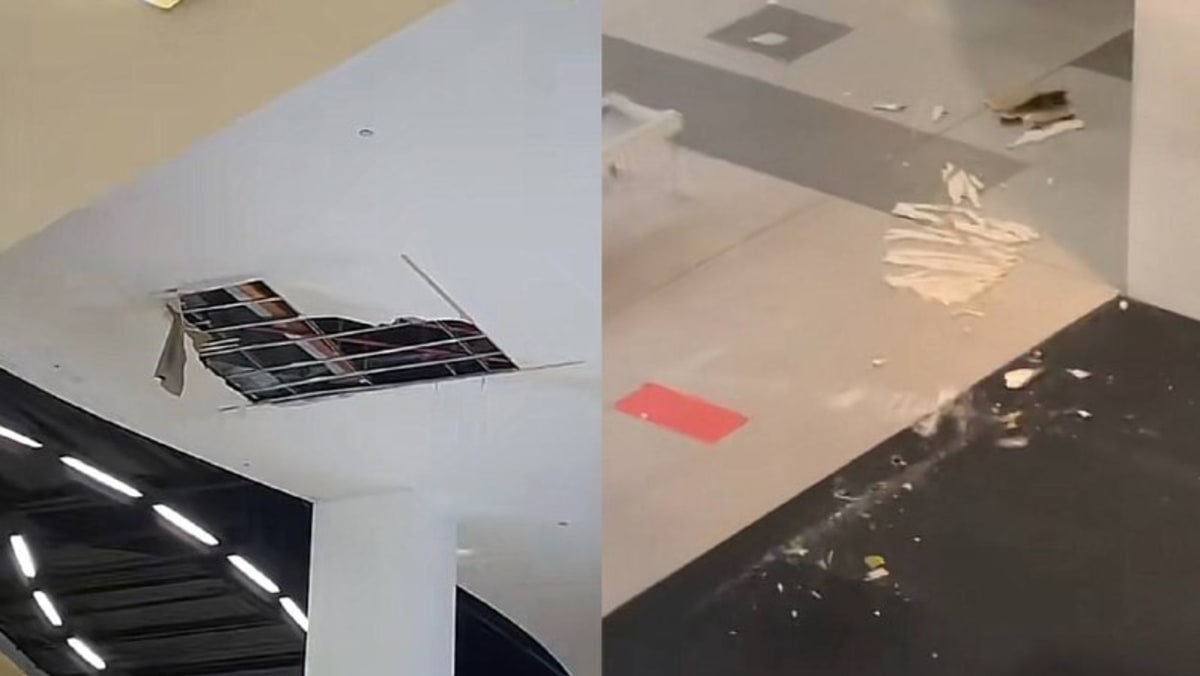Commentary: Water leaking through the ceiling in malls could point to issues in Singapore’s built environment
There are provisions in the Building Control Act that allow BCA to step in and order the building owner to carry out investigations and repair works. Periodic structural and facade inspections are also the norm with the latter being the more recent enhancement in building control law.
Failure to adhere to such laws results in fines. The Workplace Safety and Health Act places obligations on the building owner as the principal to ensure safety of those who work upon their premises.
From a civil law standpoint, businesses and individuals adversely affected by these defects in the buildings may have legal recourse to the building owners for damages via tort law namely negligence, occupier’s liability, and possibly even private nuisance.
Dispute resolution methods may include the Small Claims Tribunals, mediation and, as a last resort, litigation. An out-of-court settlement is usually preferred due to confidentiality concerns.
WHAT CAN BE DONE?
So, what can we do to address the issues? First, there should more access to more Government-published benchmark construction and facilities maintenance cost data.
This cost data can determine realistic budgets for the next tender if it is professionally costed. With a fair and reasonable estimated procurement value, contractors can hire more experts for better supervision.
Second, infrastructure development, as well as project and facilities management involve a multitude of skills. These skills are important to deliver the best-in-class infrastructure and buildings with a life-long objective to be sustainable and resilient.
For all the latest business News Click Here

